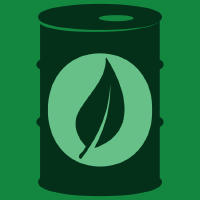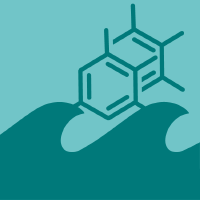Topic Menu
► Topic MenuTopic Editors


Microalgal Biotechnology for Bioproducts and Food Applications, 2nd Volume
Topic Information
Dear Colleagues,
Microalgae (including cyanobacteria) have become an important branch of biotechnology and display huge potential for producing many different bioproducts, such as single-cell food/feed supplements and nutraceuticals, pharmaceuticals, biofuels, and agricultural or industrial biochemicals (bioplastics, biostimulants, biopesticides, etc.). Microalgal production combines the advantages of microbial biotechnology and photosynthesis, offering the opportunity to develop controlled cultivation systems driven by light.
Today, there is vast research activity in microalgal biotechnology for expanding its repertoire and improving the efficiency, feasibility, and sustainability of the bioproducts. The present Thematic Topic on “Microalgal Biotechnology for Bioproducts and Food Applications, 2nd Volume" aims to gather original research works and reviews and to integrate the current progress and recent research advances of basic and applied aspects of microalgal biotechnology.
In conclusion, we welcome submissions that cover but are not limited to the following topics:
- Microalgae cultivation and biomass production;
- Extraction of high-value compounds/microalgal biorefinery;
- Microalgal bioproducts and bioconversion processes for nutraceuticals, pharmaceuticals, animal feed biofuels, bioplastics, biostimulants etc.
- Microalgal metabolic regulation/engineering and biosystem optimizations;
- Phototrophic, mixotrophic, heterotrophic microalgal biosystems;
- Microalgae for nutraceuticals, pharmaceuticals, animal feed etc.
- Technoeconomic assessments of microalgal biosystems;
- Microalgae for food applications;
- Functional microalgal food/feed;
- Microalgal cell factories.
Dr. Giorgos Markou
Prof. Dr. Leonel Pereira
Topic Editors
Participating Journals
| Journal Name | Impact Factor | CiteScore | Launched Year | First Decision (median) | APC |
|---|---|---|---|---|---|

Applied Sciences
|
2.7 | 4.5 | 2011 | 16.9 Days | CHF 2400 |

Bioengineering
|
4.6 | 4.2 | 2014 | 17.7 Days | CHF 2700 |

Biomass
|
- | - | 2021 | 19 Days | CHF 1000 |

Biomolecules
|
5.5 | 8.3 | 2011 | 16.9 Days | CHF 2700 |

Cells
|
6.0 | 9.0 | 2012 | 16.6 Days | CHF 2700 |

Marine Drugs
|
5.4 | 9.6 | 2003 | 14 Days | CHF 2900 |

Molecules
|
4.6 | 6.7 | 1996 | 14.6 Days | CHF 2700 |

MDPI Topics is cooperating with Preprints.org and has built a direct connection between MDPI journals and Preprints.org. Authors are encouraged to enjoy the benefits by posting a preprint at Preprints.org prior to publication:
- Immediately share your ideas ahead of publication and establish your research priority;
- Protect your idea from being stolen with this time-stamped preprint article;
- Enhance the exposure and impact of your research;
- Receive feedback from your peers in advance;
- Have it indexed in Web of Science (Preprint Citation Index), Google Scholar, Crossref, SHARE, PrePubMed, Scilit and Europe PMC.

